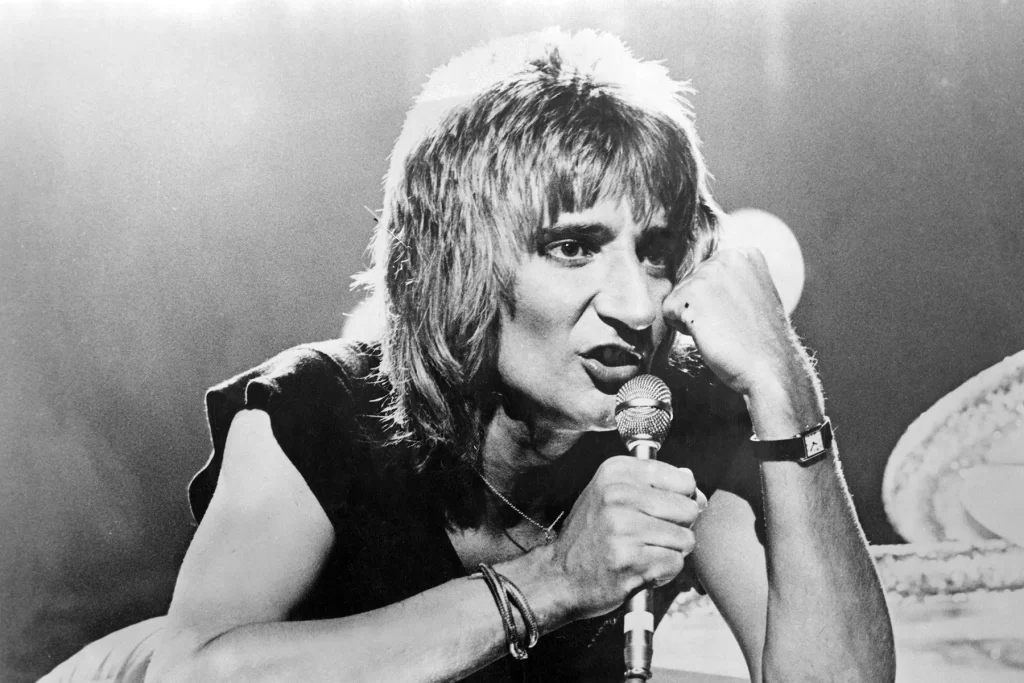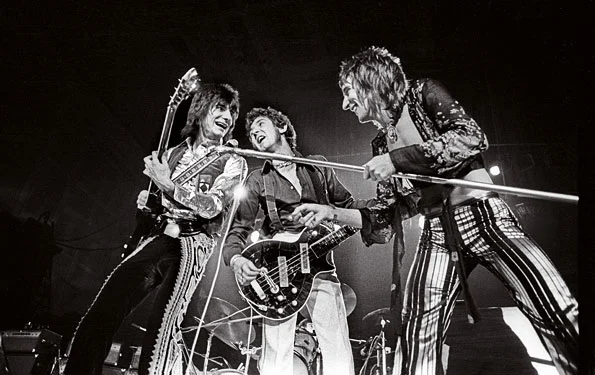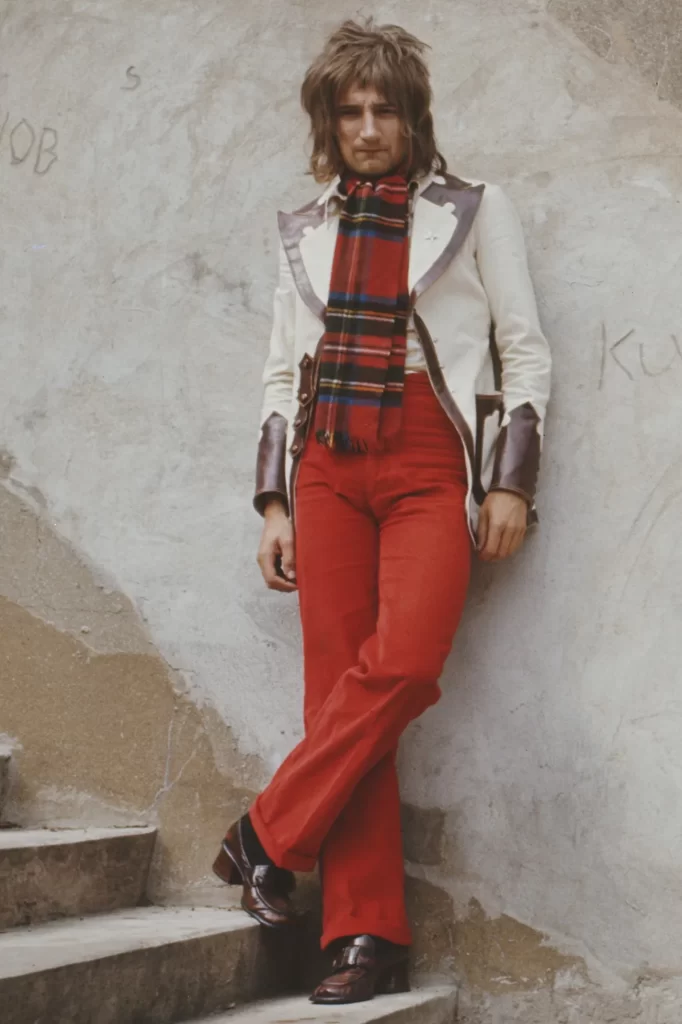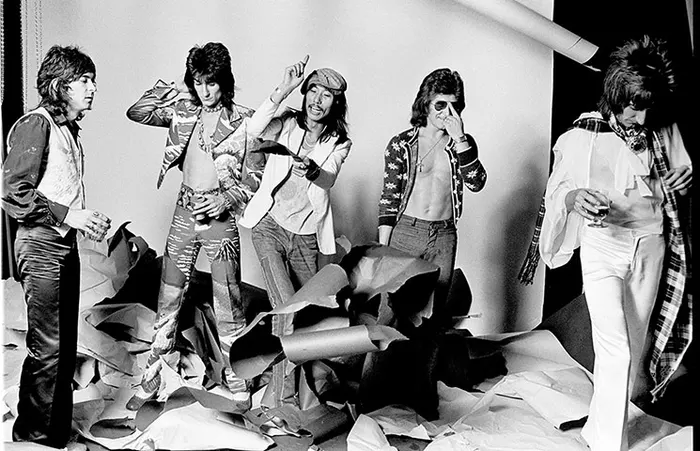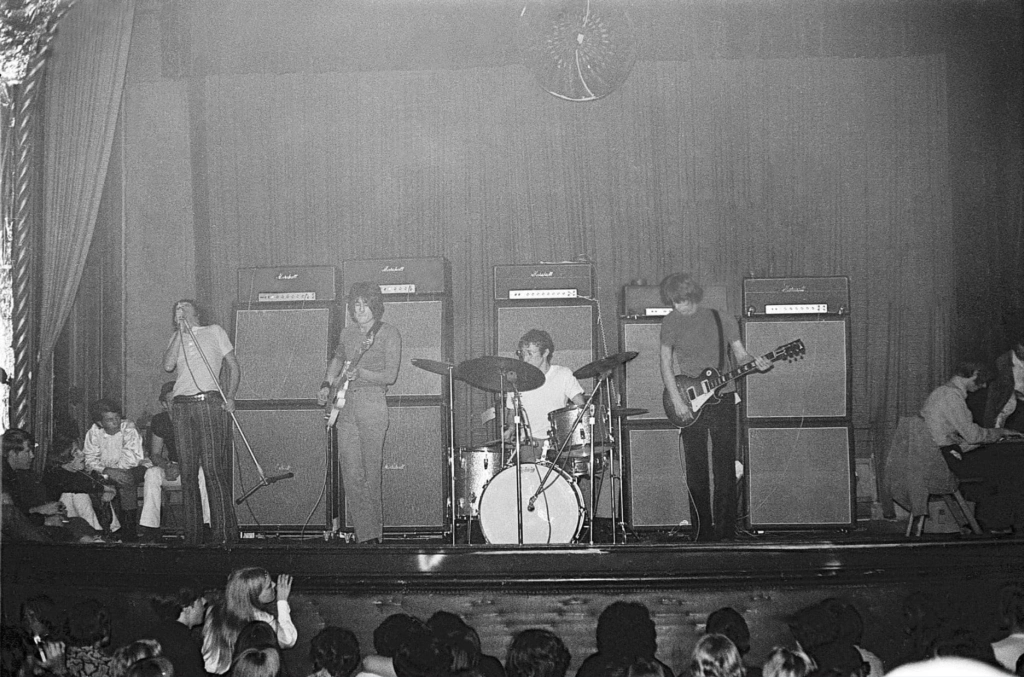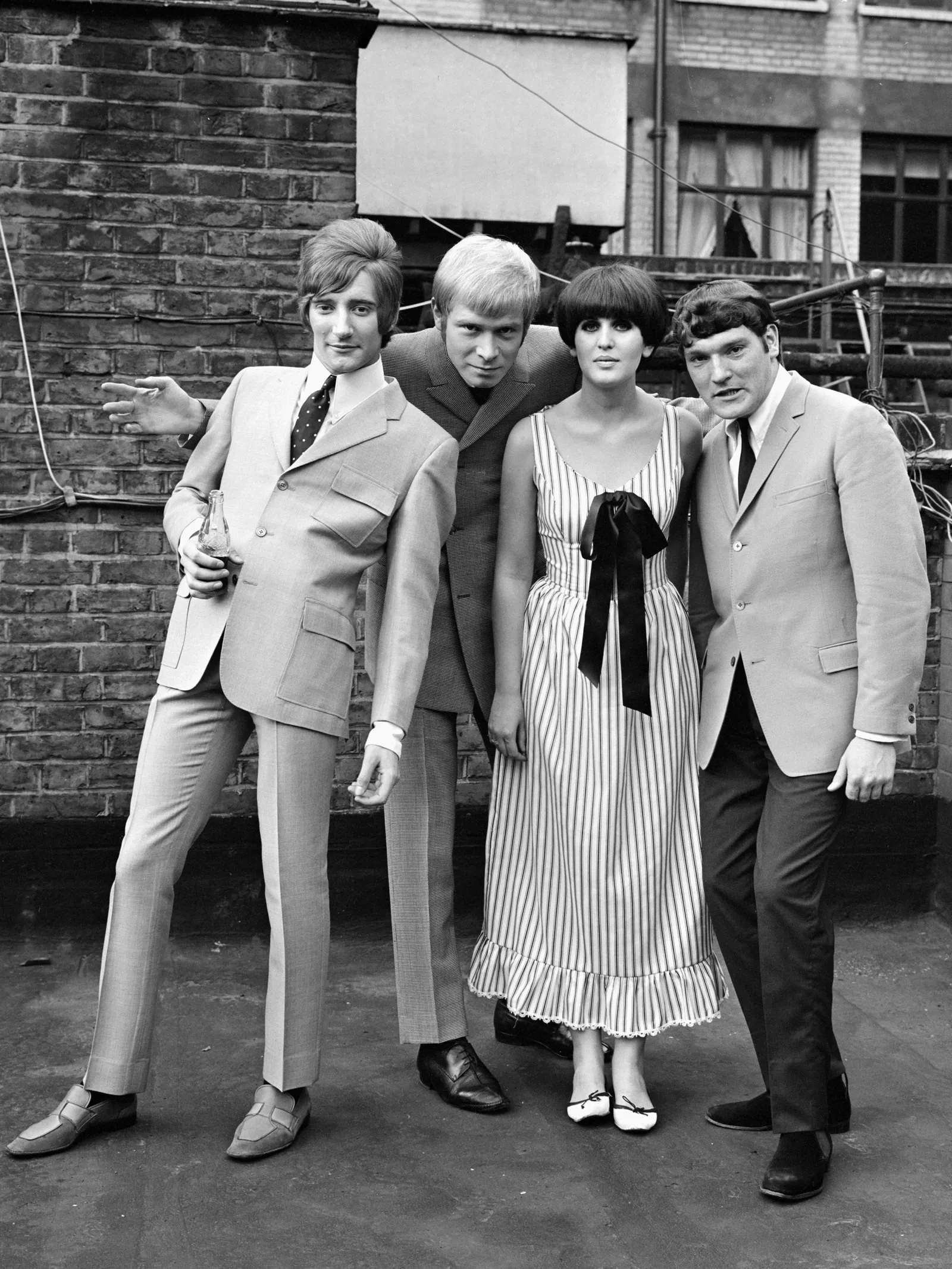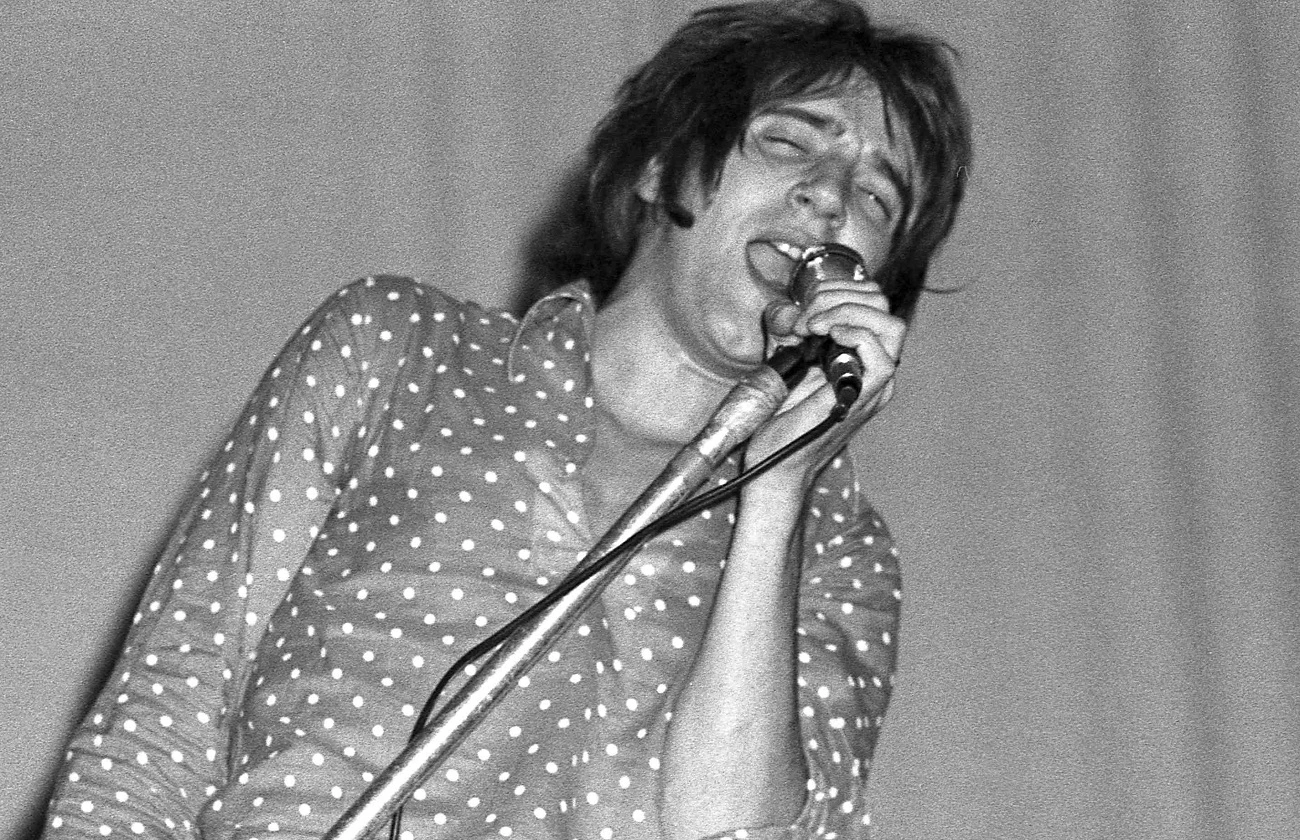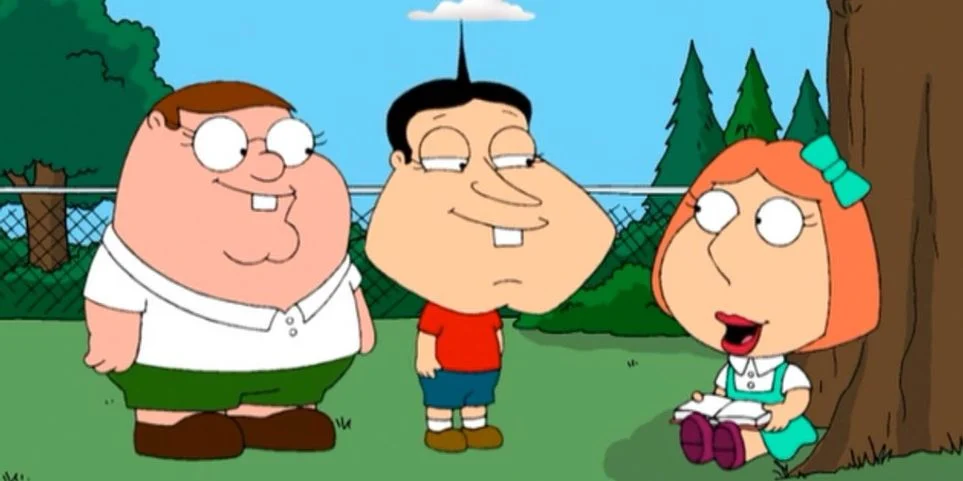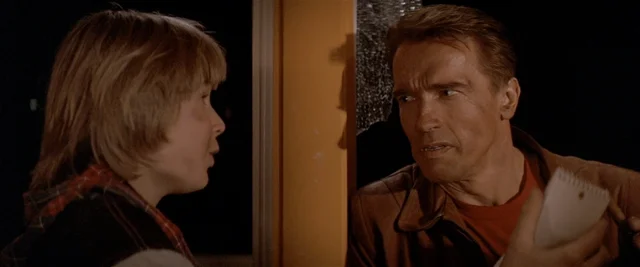Ryan’s 150 Favorite Films: Number 138, The Maltese Falcon (1941)

One of the most frequent questions I am always asked being the host of the greatest movie podcast ever (opinions may vary) is “What’s your favorite movie?” That answer has been the same since I was 11 years old. But it also isn’t as easy to explain why I love some movies more than others.
As an art form, movies are by their nature interpretative. Some people will point to a film’s box office total as a barometer for a film’s quality, this might not be true again because although it might be popular to the masses it might not appeal to you. I am looking at you Avatar, which is not one of my favorite films, not by a longshot.
Also, if the film wins an Academy Award for Best Picture, that hardly means it’s one of my favorite films, looking at you The English Patient, in fact I hardly agree with the Academy. Having said that, I am sure that some people love Avatar and The English Patient. And that’s what makes movies so great.
I, also am not a professional critic. I love film. I try and find merit in all film. As a host of a podcast that attempts to give every movie a chance, I believe that is the best way to approach movies, let the lights go out and try and enjoy yourself. You might find a “diamond in the rough.”
When thinking of my favorite movies to share with you, my loyal listeners, I thought 100 wasn’t going to be enough. So, I am proud to present my 150 Favorite Films, right now. These will change, I know they will.
See you at the movies!
***Spoilers Ahead!***
138. The Maltese Falcon (1941) (Directed by John Huston)

The Movie: Two private eyes in San Francisco, Sam Spade (Humphrey Bogart) and Miles Archer (Jerome Cowan) are visited by Ruth Wonderly (Mary Astor), who tell the men that her sister is missing. Ruth tells them that she ran away with a man named Floyd Thursby. Archer agrees to help Ruth find her sister and get her back home.
Later the same night, the police inform Spade that Archer has been killed. Further adding to the mystery is when Spade attempts to contact Ruth, she has checked out of her hotel and can’t be found.
Detective Polhaus (Walter Bond) and Lieutenant Dundy (Barton MacLane) believe Spade killed Thursby, who was also found dead, because he most likely killed Archer, giving Spade the motive to kill him.
The next morning, Spade is confronted by Ruth Wonderly, who confesses to Spade that her real name is Brigid O’Shaughnessy, and she made up the story to get help. Brigid tells Spade that Archer was her partner and most likely killed Archer, but she does not know who killed Thursby. Spade reluctantly agrees to help Brigid.
Later, Spade meets Joel Cairo (Peter Lorre) at his office, who believes Spade has a black figure bird and offers Spade $5,000 for it. Spade has no idea what Cairo is talking about and knocks him out after he pulls on gun on him. Cairo impressed hires Spade to help him as well.
Spade goes and visits Brigid and tells her about Cairo. She seems to know him and Spade arranges a meeting between Cairo and Brigid. At Spade’s apartment, Spade learns of the “Fat Man” who is now in San Francisco, which doesn’t sit well with Cairo.
The next morning Spade observes the man who was following him the night before. The man reveals his name to Spade, Wilmer Cook (Elisha Cook Jr.) and that he can take Spade to “Fat Man”. Spade meets the “Fat Man”, Kasper Gutman (Sydney Greenstreet). Kasper explains to Spade the story of The Maltese Falcon, and gives Spade a choice. He will give Spade $25,000 for the bird and another $25,000 after it’s sold, or he can take a quarter of whatever it sells for. Spade can’t answer as his drink was poisoned and he passes out, not before he sees Gutman, Cairo and Wilmer all leave together.
Spade awakens from his sleep and searches the office. He finds a newspaper and the ship La Paloma is circled on it with its arrival time. Spade arrives at the dock too late as the ship is engulfed in flames. The ships Captain Jacoby stumbles into Spade’s office, shot and mortally wounded. In his arms is The Maltese Falcon. Brigid calls Spade and gives him an address, when she does she screams and the phone goes dead. Spade stashes the Falcon at a bus terminal and finds the address given to him is an empty lot.
Back at Spade’s home, Brigid is waiting for him. Inside Spade’s home he finds Wilmer, Gutman, and Cairo waiting, with pistol pointed at him. Gutman offers Spade $10,000 for the Falcon, Spade however is more interested in turning someone over to the police for the murders of Archer and Captain Jacoby, suggesting Wilmer. Cairo and Gutman agree, and disarm and knock Wilmer out.
As the morning breaks, Spade instructs his secretary to bring the package that contains the statue. Gutman inspects the Falcon and discovers it’s fake and Wilmer escapes. Cairo and Gutman decide to continue their quest for the real Maltese Falcon. After they have left, Spade calls the police and tells them where the men are.
Spade then turns his attention to Brigid. Spade tells her that he knows she killed Archer to frame Thursby. Brigid confesses and begs Spade to not give her up to the police, Spade is unmoved and turns her over to the cops.

Why I Love The Maltese Falcon (1941): One of the coolest film noirs around, The Maltese Falcon has everything fans of detective stories, femme fatales could want. Sweet trench coats and fedora hats, check. Beautiful and deceiving women, check. Lots of smoking and drinking, check and check.
The film is shot with the shadows being characters by themselves. Every scene has a darkness to it and gives the film a sinister vibe.
Humphrey Bogart would perfect his on screen persona in 1941. He starred not only in this picture but became a big star earlier in the year with another noir classic, High Sierra. When you think of private eyes in the 1940’s your mind subconsciously is picturing Humphrey Bogart.
Mary Astor plays the femme fatale to perfection. Her sultry line readings with a hint of innocence and deceit would lay the ground work for other noirs and female characters like Barbra Stanwyk’s Phyllis Dietrichson.
John Huston made his directorial debut with The Maltese Falcon but his attention to detail made him one of the best directors in the 40’s and 50’s with expert blocking and pacing, The Maltese Falcon is a masterclass in suspense.
The Maltese Falcon soars on the wings of stellar casting, impeccable direction and a murder mystery that keeps you guessing until the end.

